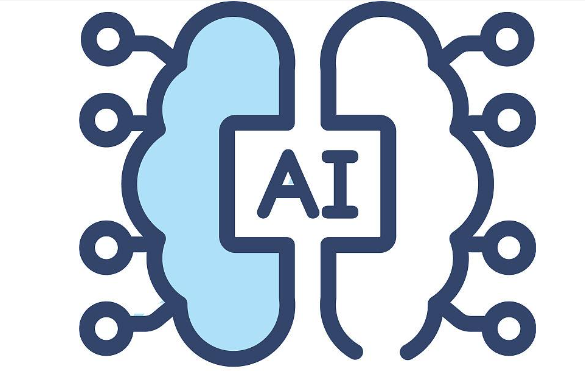Artificial Intelligence (AI) ICs, or AI chips, are specialized integrated circuits designed to accelerate artificial intelligence and machine learning workloads. Unlike general-purpose processors, these chips are optimized for the complex mathematical computations—such as matrix multiplications and neural network operations—that power AI applications, delivering higher efficiency and performance for tasks like image recognition, natural language processing, and predictive analytics.
Originally developed for rendering graphics, GPUs excel at parallel processing, making them ideal for training deep learning models. Their ability to handle thousands of concurrent calculations has made them a foundational technology in AI development.
Custom-designed for specific AI tasks, ASICs offer maximum efficiency by eliminating unnecessary hardware. Examples include chips optimized for inference in smartphones or dedicated neural network accelerators, which reduce power consumption while boosting speed for targeted workloads.
FPGAs provide flexibility, allowing developers to reconfigure hardware architecture for different AI models. This adaptability makes them valuable for edge computing and applications where AI algorithms evolve rapidly, such as industrial robotics and smart devices.
Built specifically for neural network operations, NPUs streamline the execution of AI models by integrating specialized cores for activation functions and weight storage. They are commonly found in mobile devices, enabling on-device AI features like face recognition and real-time language translation.
-
Consumer Electronics: Powering voice assistants, camera image processing, and personalized recommendations in smartphones, smart speakers, and TVs.
-
Autonomous Systems: Enabling real-time decision-making in self-driving cars, drones, and robotics through rapid sensor data analysis.
-
Healthcare: Accelerating medical image analysis (e.g., MRI scans) and drug discovery simulations with high-performance AI computations.
-
Data Centers: Supporting large-scale AI model training and cloud-based inference services for industries ranging from finance to e-commerce.
AI ICs are driving the shift from cloud-centric AI to edge computing, allowing devices to process data locally with lower latency and enhanced privacy. Key trends include improving energy efficiency for battery-powered devices, increasing processing power for larger AI models, and integrating AI capabilities directly into IoT sensors.
By combining specialized hardware with AI software ecosystems, these chips are making advanced machine learning accessible across industries, enabling smarter, more responsive technologies that transform how we interact with the digital world.
